Description
Attaches to standard HVE connections
Dimensions:10.5 in x 6.5 in x 4in
Connection O.D.: 11mm (Standard HVE Connection)
Height: 135mm
Weight: 20g
Reusable and Autoclavable
6 Month Manufacturer Warranty
We created a system that still uses the simple functionality of fluid removal of a disposable product but integrates the functionality of an autoclavable aerosol removal.
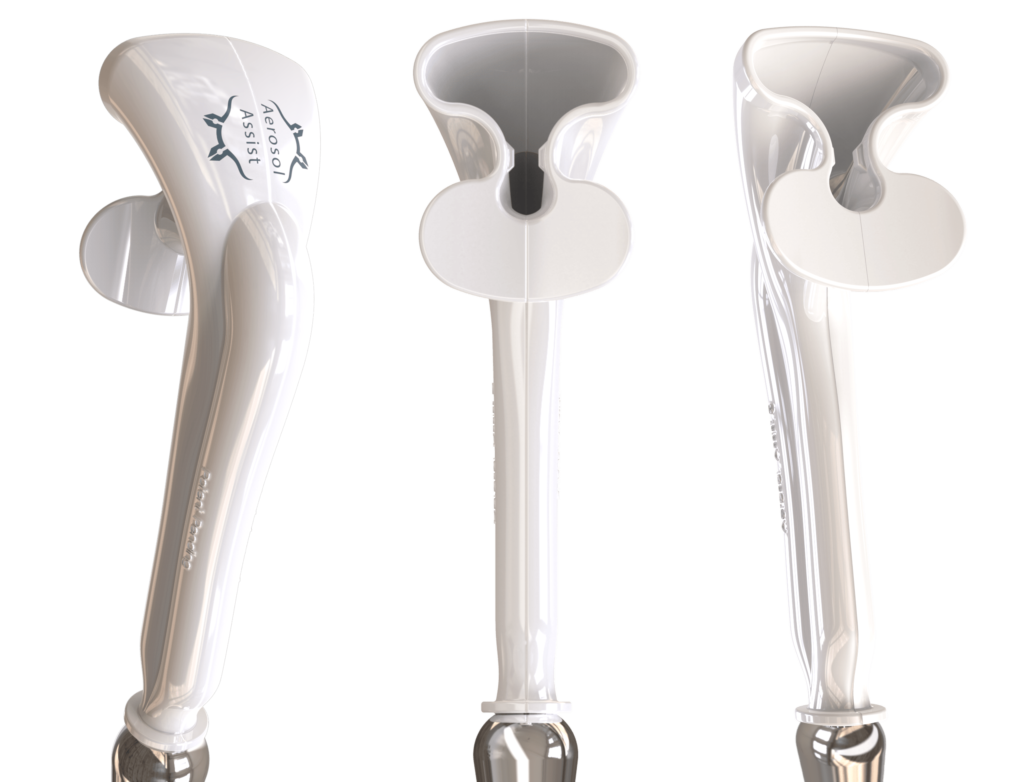
Engineered to guide disposable saliva ejector to the right openening to initiate suction through our device.
Surface on interior rounded for easier cleanability
Built in backflow prevention
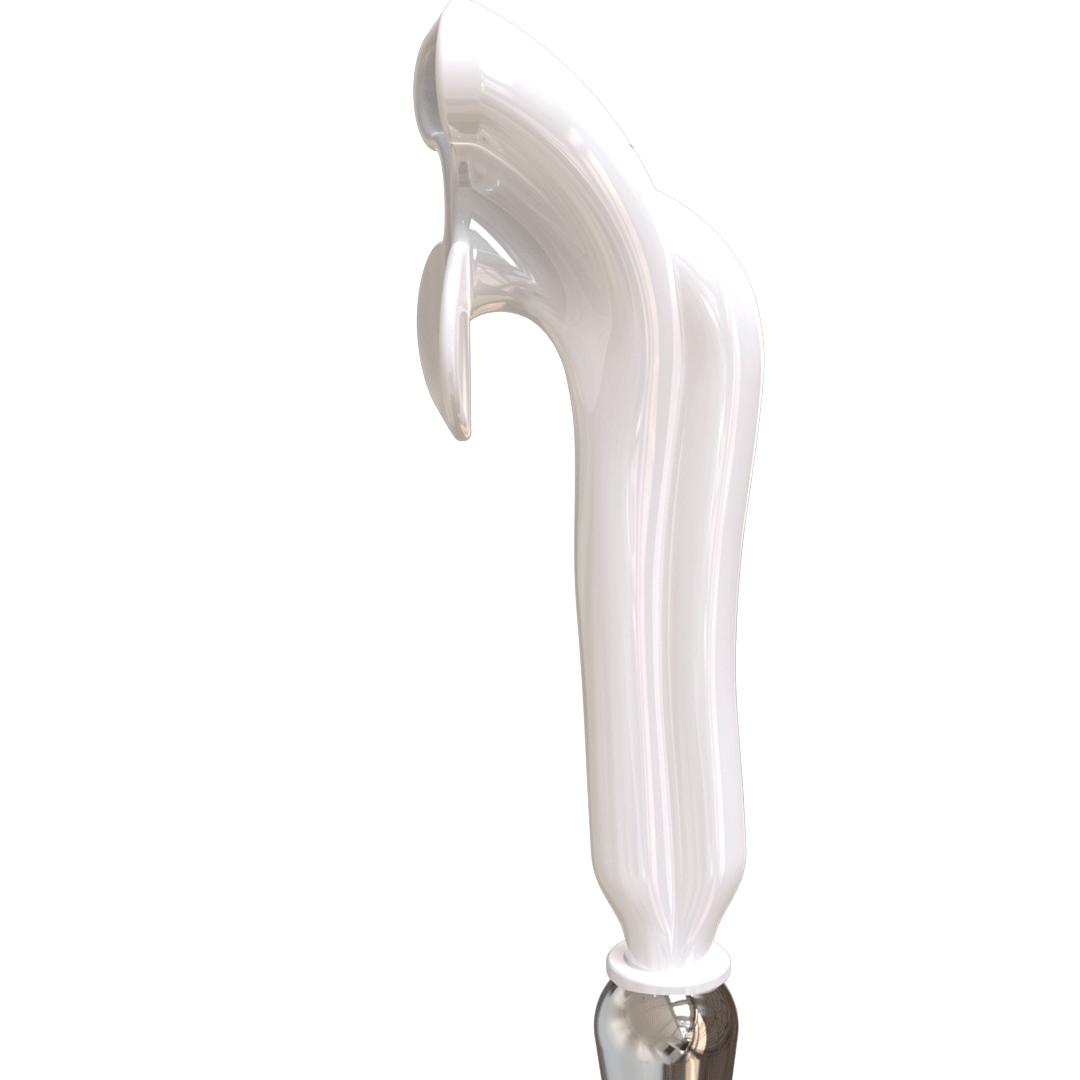
Able to fit in every standard HVE and accept standard saliva ejectors
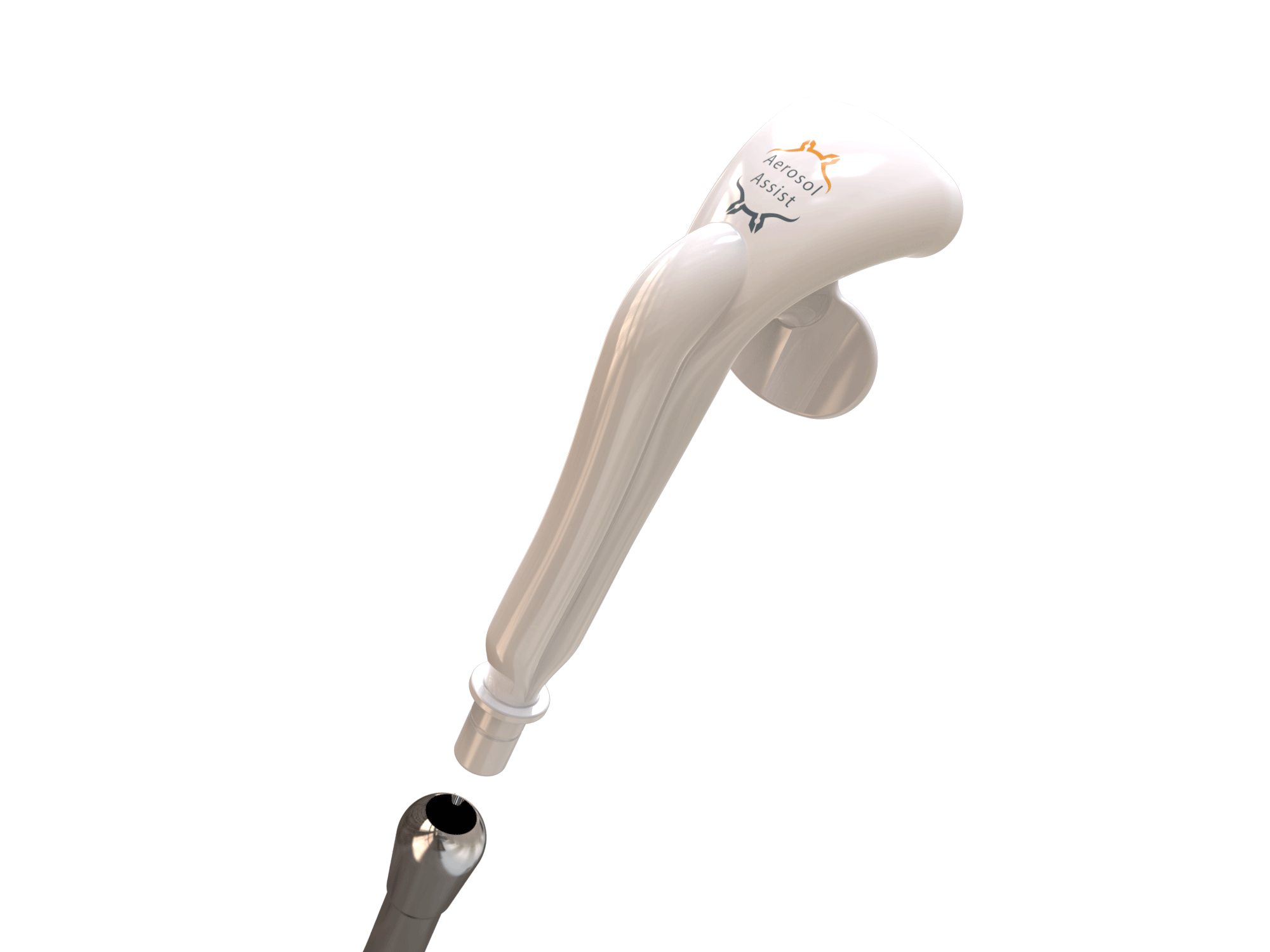
Aerosol removal port allows every
procedure to have aerosol reduction.
Construction points allows easy installation and
removal of saliva extractor without unintentional
removal.
Quick connect allows for a light seal while
allowing rotation alleviating torque transfer.
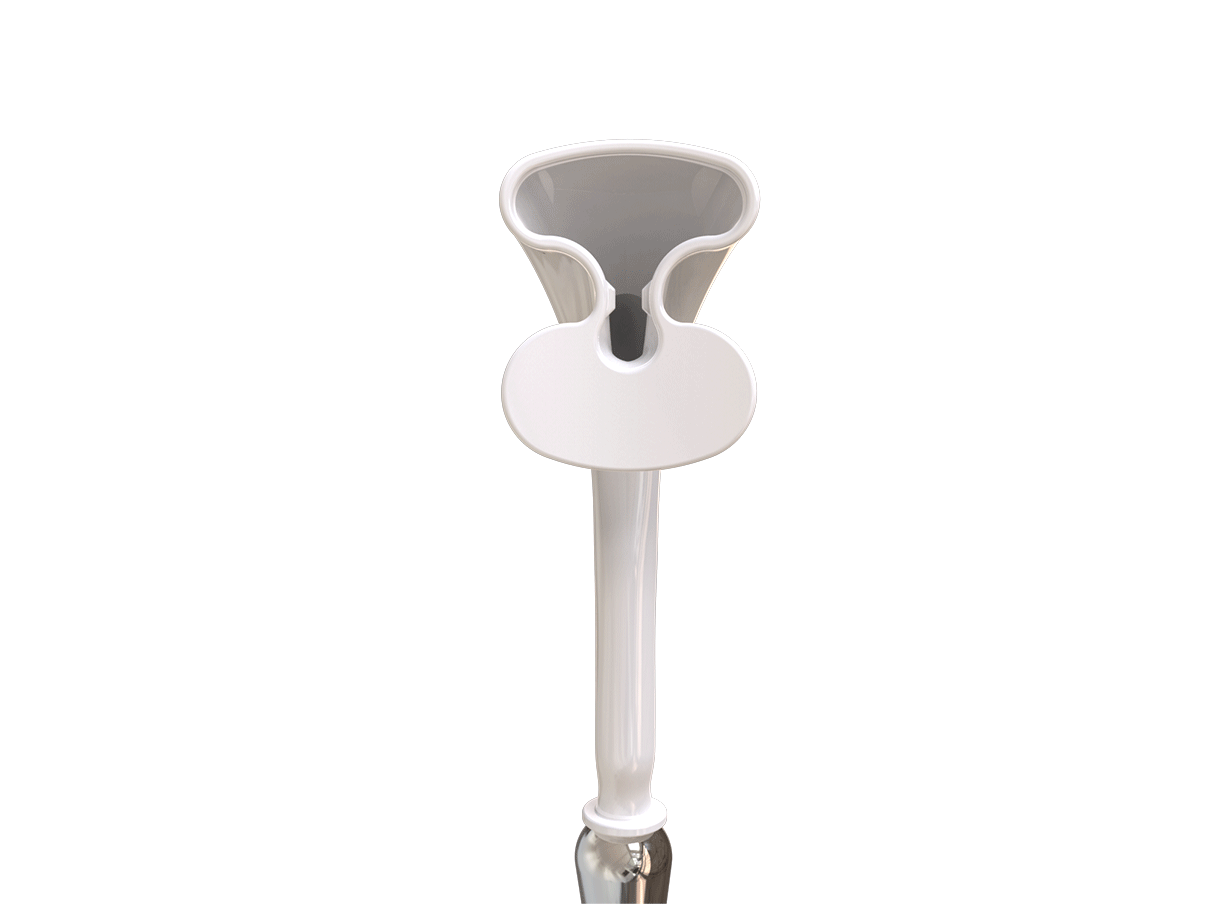
Up anchor has the apex in this position to prevent
rotation in other directions.
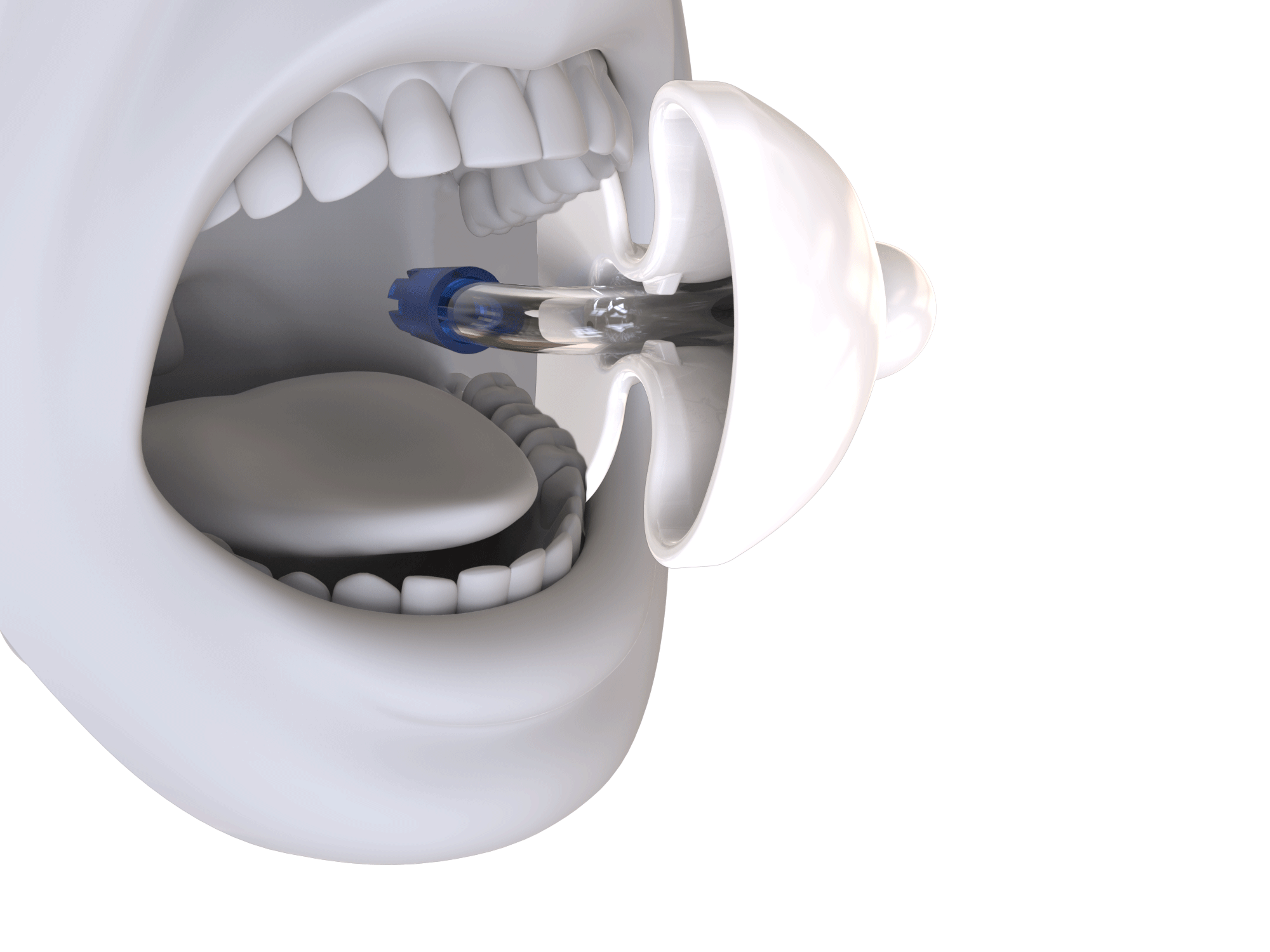
Buckle designed to stabilize the aerosol assist
without the need for a bite block.
Adjustment or hose lenght con be made by 5 mm without
losing suction to acommodate variances in anatomy.
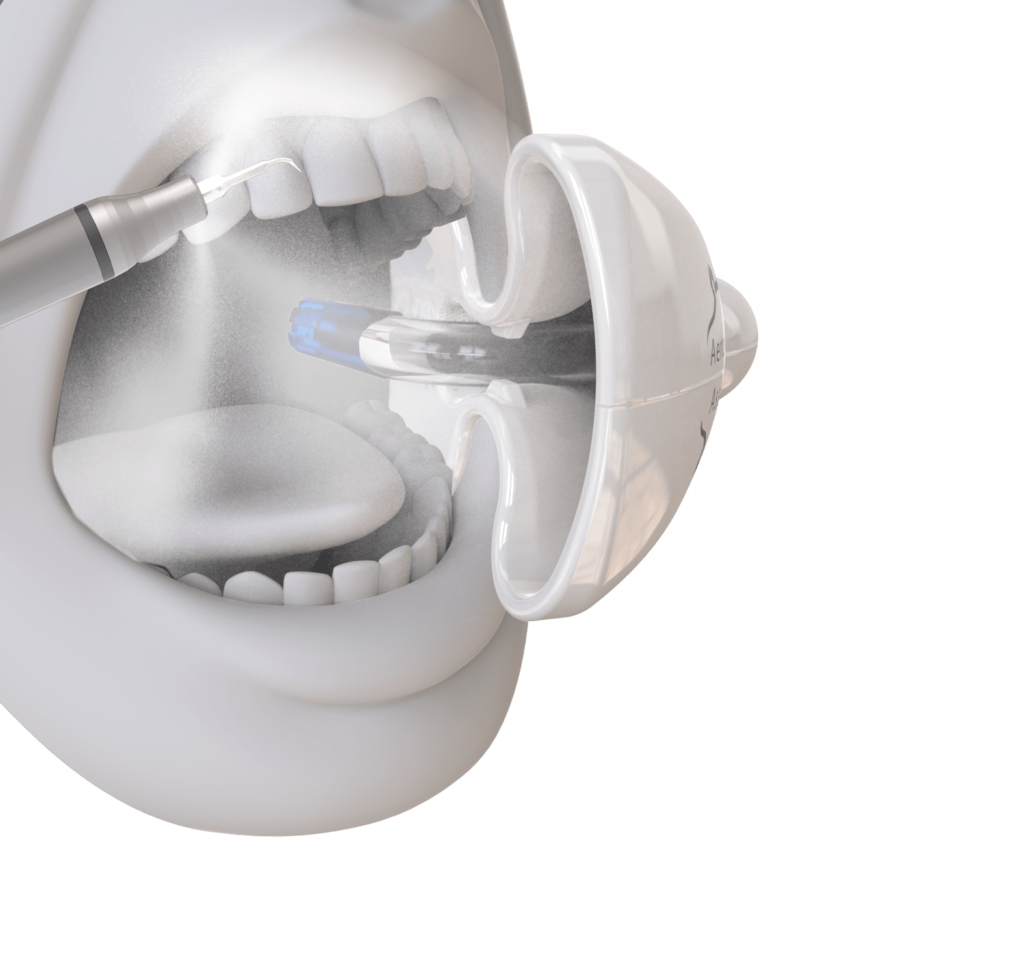
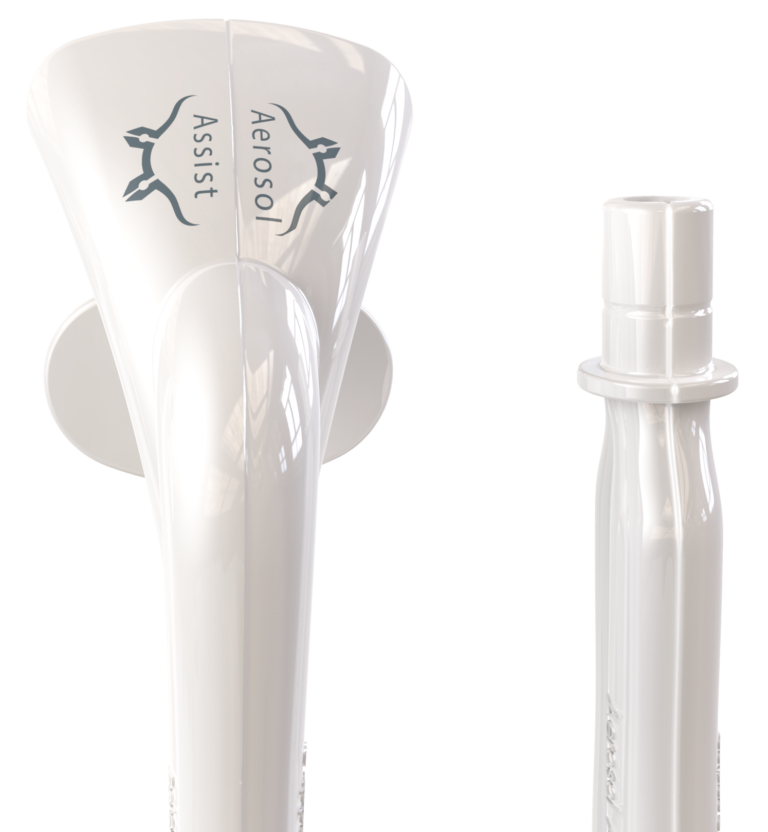
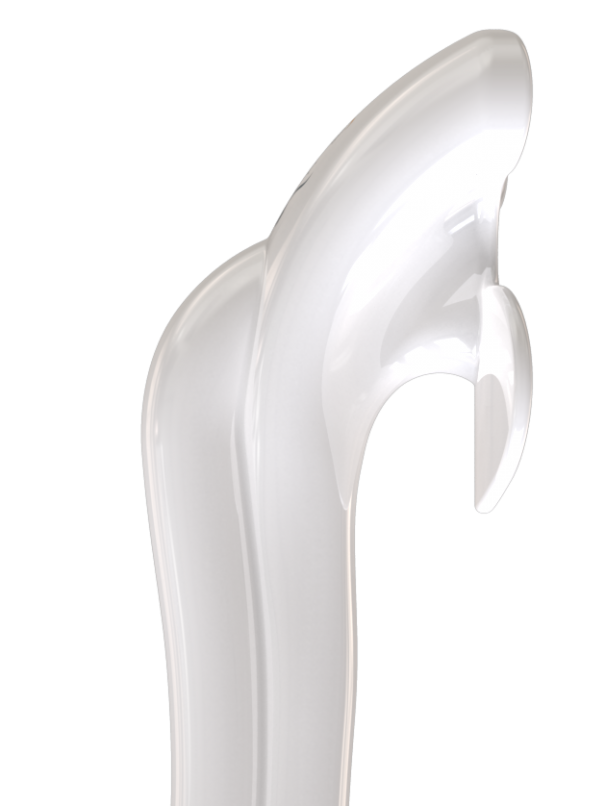
Provide a better patient experience.
What is Backflow?
When can backflow occur?
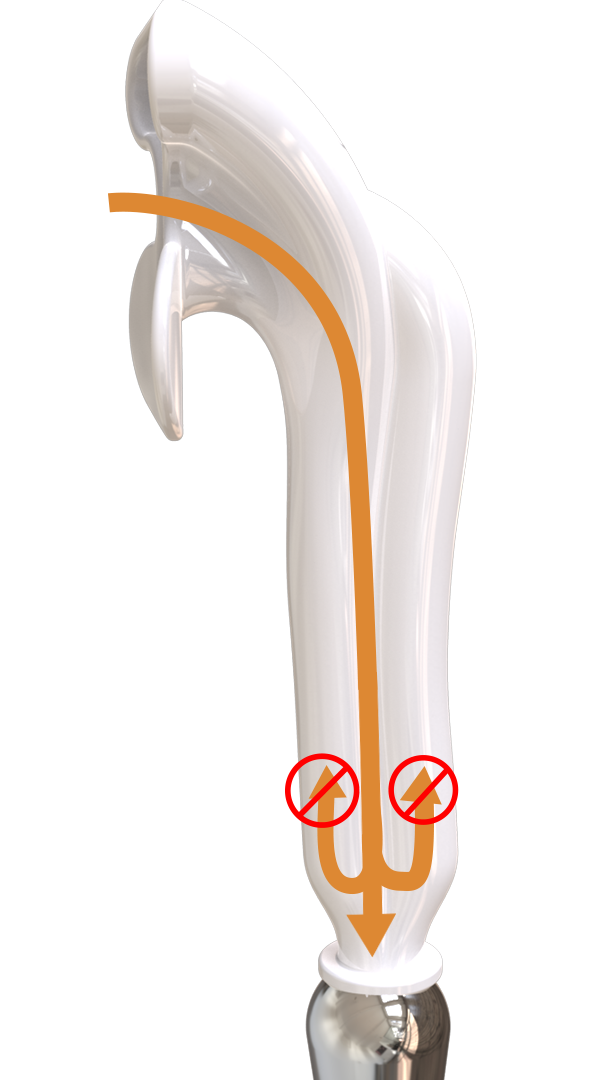
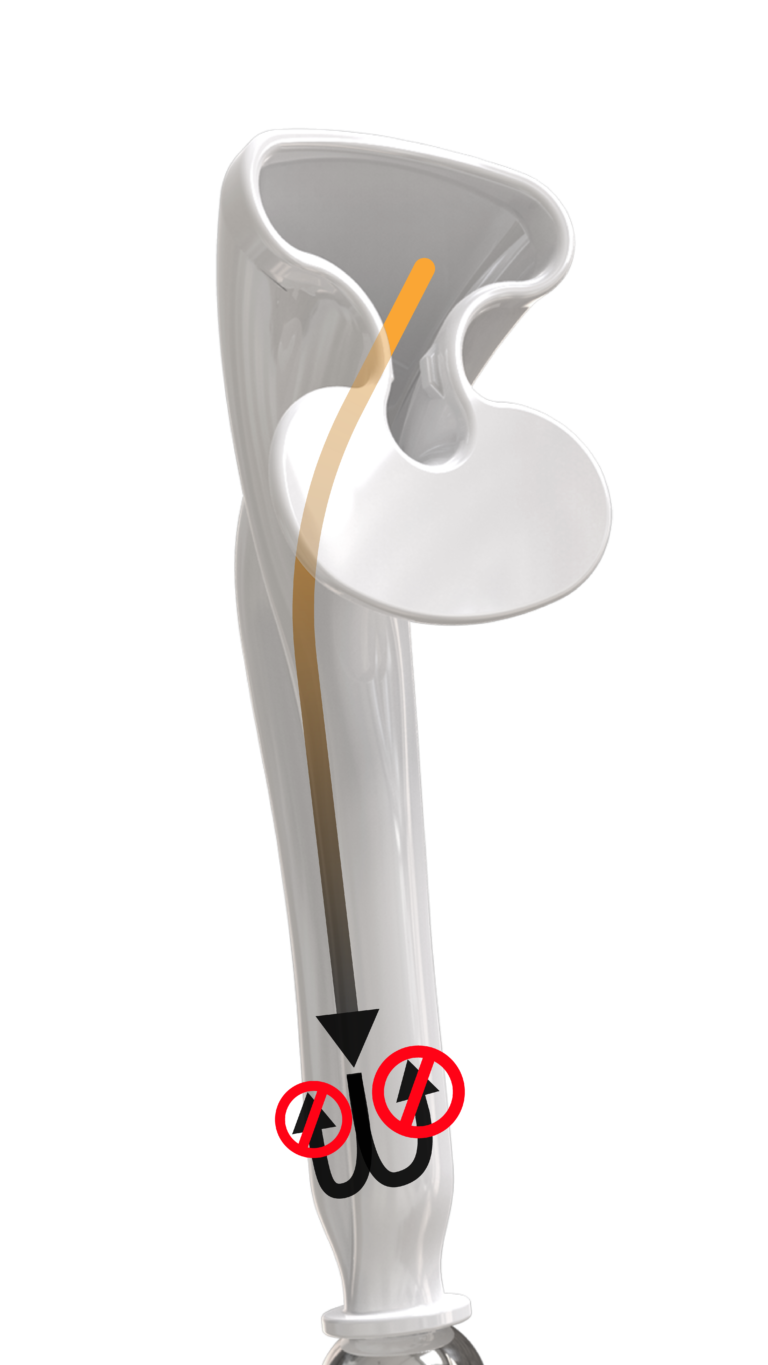
Research shows that one in five patients can experience backflow when closing their lips around the saliva ejector.
The risk of blackflow exposure is possible cross-contamination between patients due to bacteria and other infectious agents present in backflow fluids.
How to prevent backflow?
Most of the aerosols that you’ve seen in these videos account for only 1% of the total amount of aerosols generated in a procedure. the particles you can see are between 40 to 50 microns. The rest of them are so small that remain invisible to the human eye.
The greatest amount of aerosol concentrations are generated one to three feet from the source, which in the case of a dental professional is right in the work zone.
During inhalation, the radius of the alveolus doubles from about 50 microns to 100. This means that 99% of aerosols produced during procedures are small enough to bypass key biological defenses and enter the bloodstream directly.
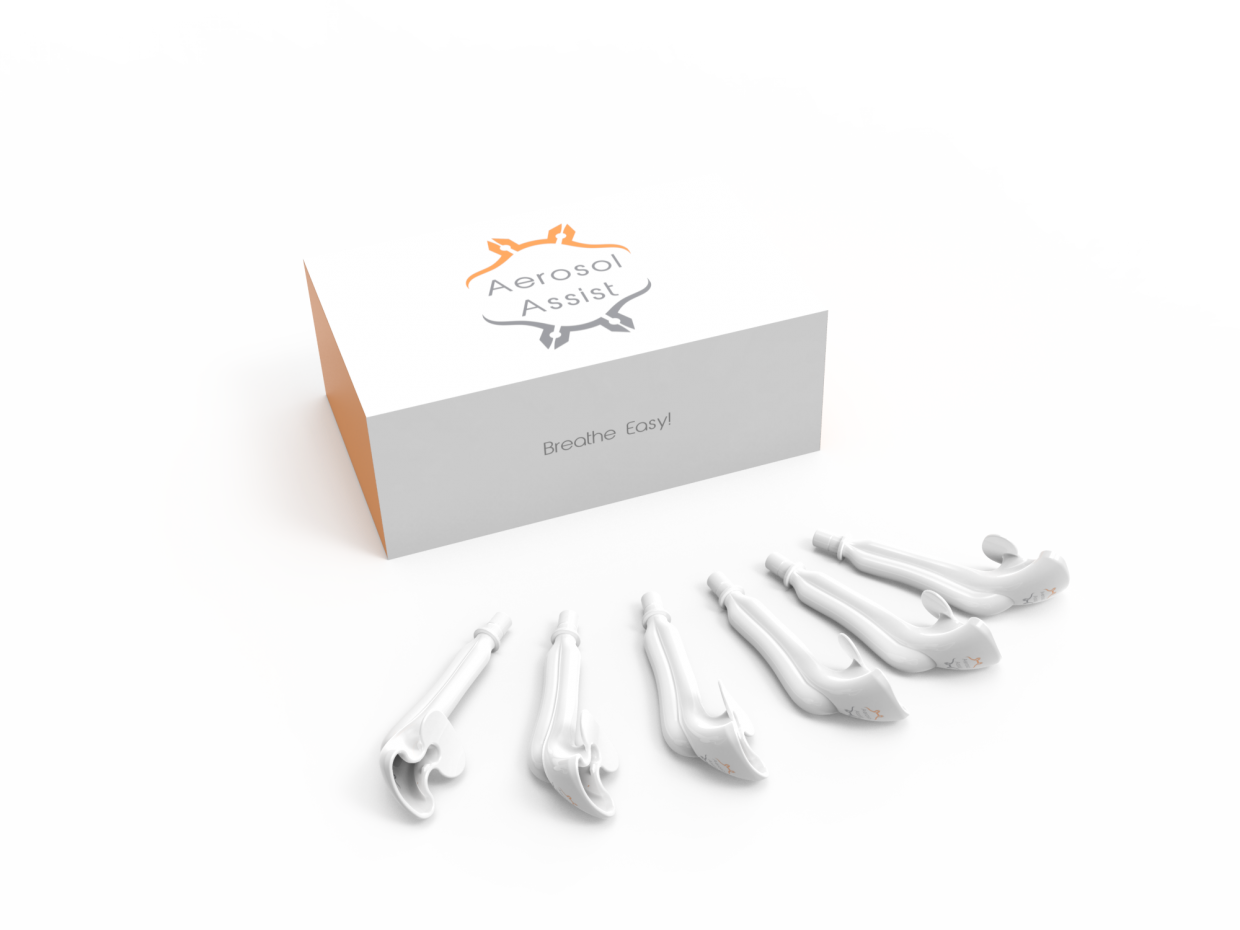
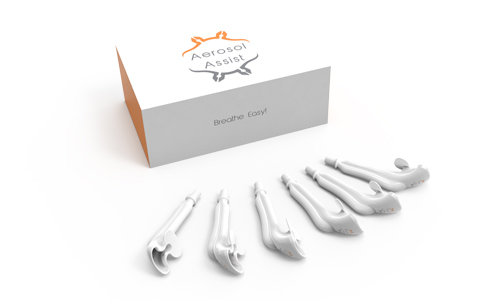
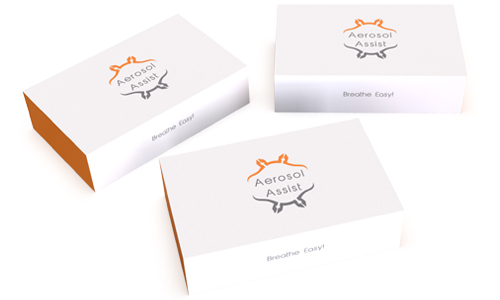
$199.00
Dimensions:10.5 in x 6.5 in x 4in
Connection O.D.: 11mm (Standard HVE Connection)
Height: 135mm
Weight: 20g
Reusable and Autoclavable
6 Month Manufacturer Warranty
$559.00
Dimensions:10.5 in x 6.5 in x 4in
Connection O.D.: 11mm (Standard HVE Connection)
Height: 135mm
Weight: 20g
Reusable and Autoclavable
6 Month Manufacturer Warranty
We've compiled a list of answers to common questions.
Thank you for your interest in the Aerosol Assist. Directly we do not offer samples but we have given every representative demo units with Patterson Dental and Midway Dental. Just contact them or we can do it on your behalf by filling out this form and will do our best to connect you with a representative that can help. Once connected the dental representative will lend you one to try to make sure it meets your needs.